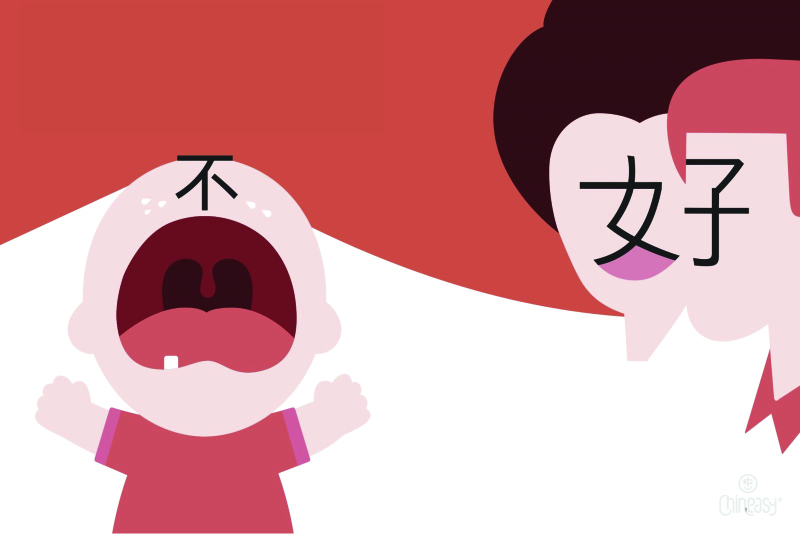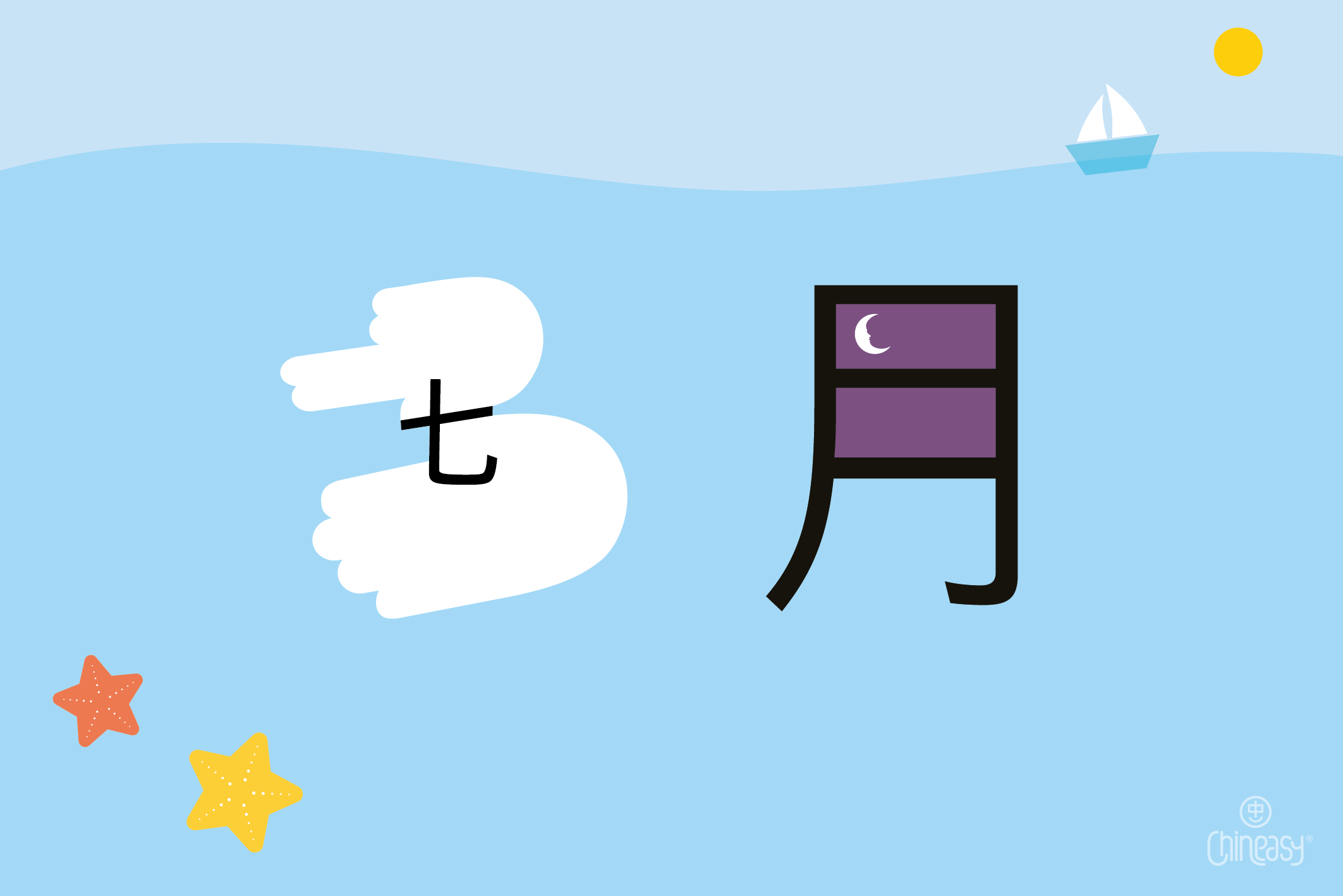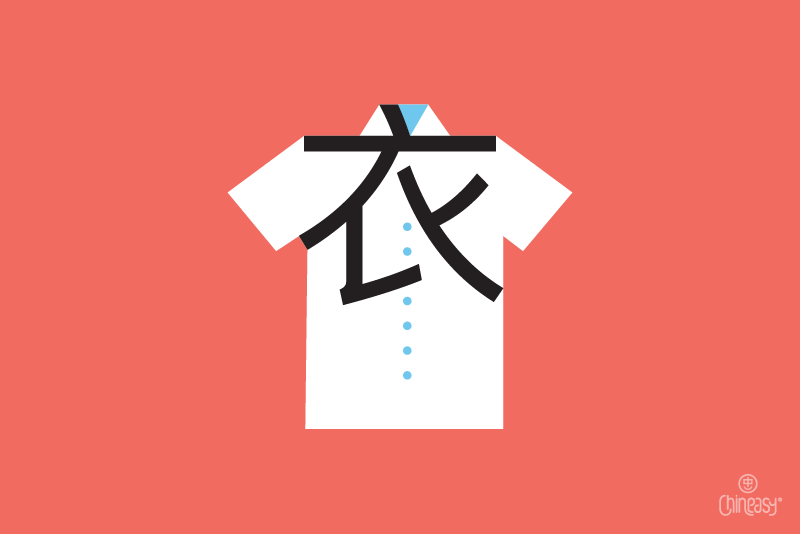Empress Dowager Cixi (1835 – 1908), also known as 慈禧太后 (cí xǐ tài hòu) in Chinese, was a pivotal figure in China’s history. Taking the helm of the Qing Dynasty in 1861, she held power until her death in 1908.
From her humble beginnings as a concubine, she rose to steer the Qing Dynasty for nearly half a century.
While she spearheaded many modernizing changes in China, she’s often remembered for her love of luxury.
As the saying goes, you can learn a lot about a leader by what’s on their table. With that in mind, let’s delve into one of Cixi‘s most extravagant passions: her elaborate and opulent meals.
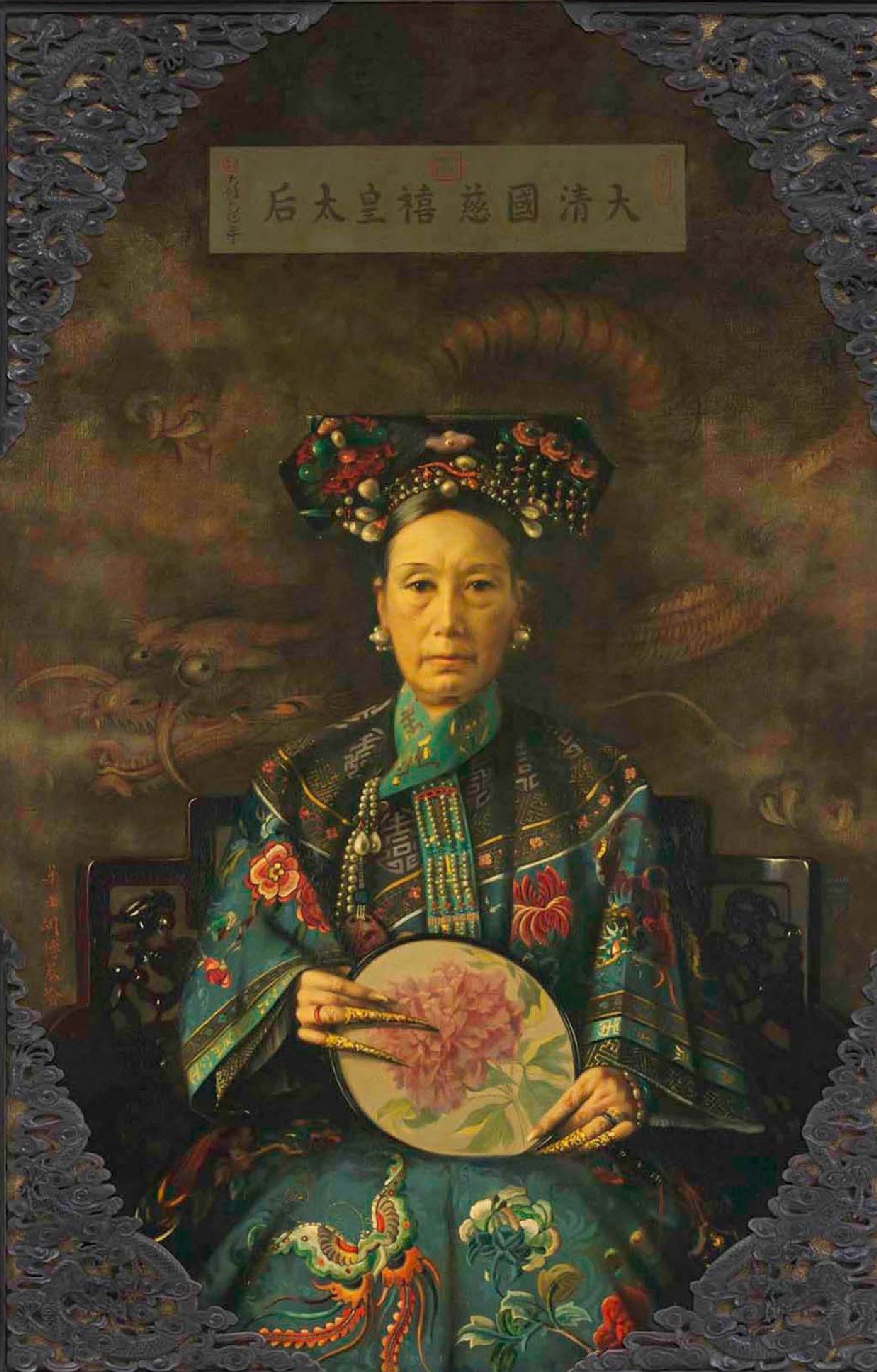
Hubert Vos artist QS:P170,Q845989, Empress-Dowager-Cixi1, marked as public domain, more details on Wikimedia Commons
Empress Cixi’s meals: a feast fit for a Queen
Empress Cixi was famous for her grand meals. Many say her lunches were like big shows, with so many dishes it was hard to count them all.
Some even say she had a hundred dishes just for lunch!
While we can’t be sure about the exact number, it’s clear she loved immense choices. From fancy treats to simple, homey dishes, everything was made to be perfect for her taste.
Her kitchen was just as impressive as her meals. According to historical records, around 350 people were working in the kitchen, which excludes 120 servants working in the tea room.
The kitchen was split into five sections, each with its own job and at least three ovens. One section might focus on meats, another on vegetables, and another on desserts. But they all had one goal: to make food that Cixi would love.
What’s even more impressive is the attention to detail. Every dish was tasted before being served to the Empress. If it weren’t right, it wouldn’t make it to her table!
Fresh ingredients were picked daily, ensuring everything was of the highest quality. And with so many dishes to prepare, her chefs started working early in the morning, making sure every meal was an event to remember.
The dishes: a gastronomical journey and a cautionary tale
Empress Cixi’s meals were a reflection of China’s rich culinary tapestry. Her table frequently boasted rare delicacies like bird’s nest soup, shark fin, and swallow spit.
These were believed to have health benefits and complemented other favored dishes like venison, duck, pork, and fish. Whispered tales even suggested a peculiar preference of hers: breast milk.
Her menu didn’t shy away from vegetarian delights. Staples like tofu, mushrooms, and fresh greens showcased the depth and variety of Chinese cuisine.
From bite-sized dim sum to hearty soups and rice dishes, the spread was vast!
And for dessert lovers, Cixi’s offerings were pure bliss — think sweet steamed buns filled with red bean paste, refreshing jellies, and candied fruits.
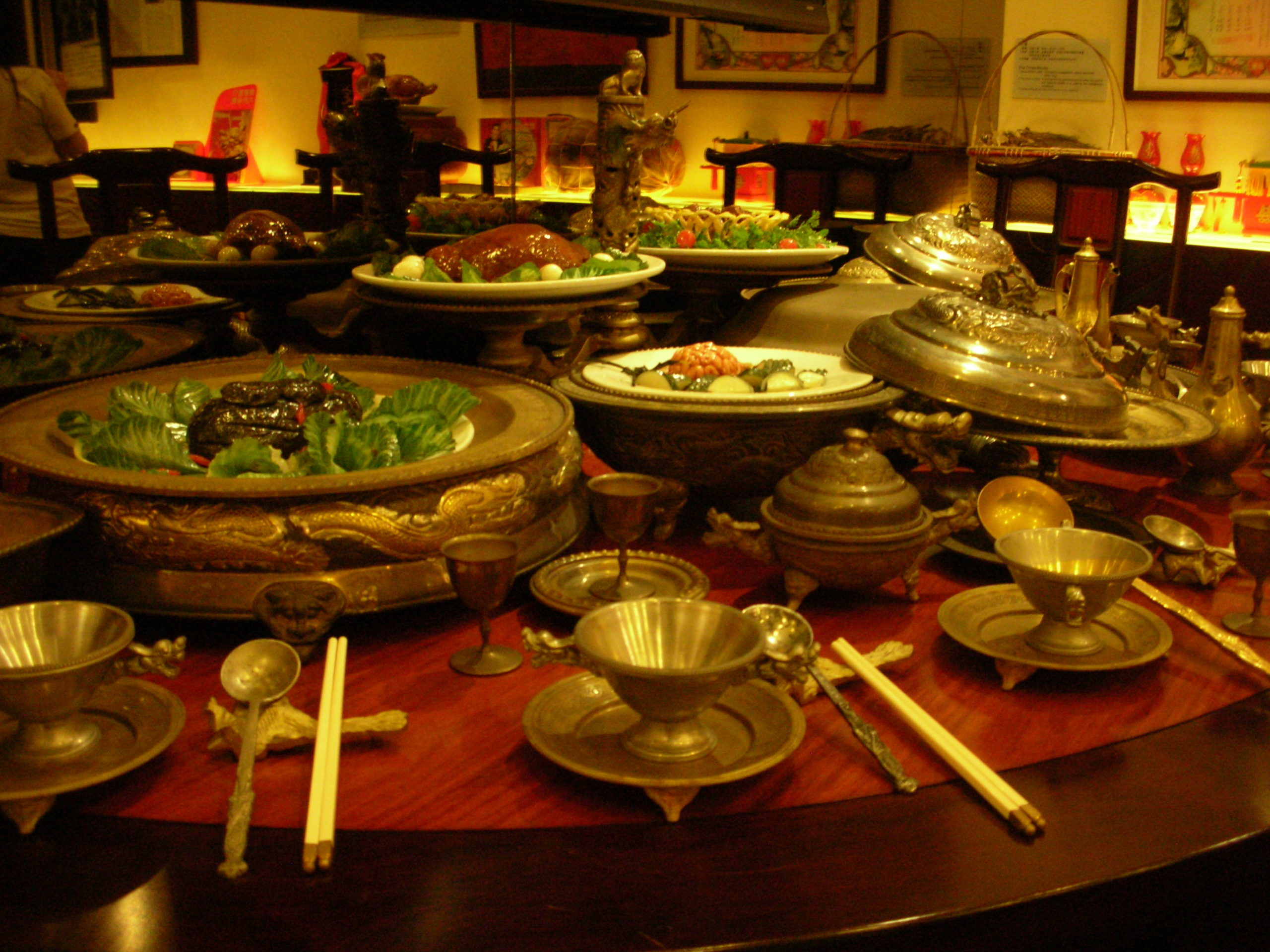
Cara Chow (Charlotte1125), Manchu Han Imperial Feast Tao Heung Museum of Food Culture, CC BY-SA 3.0
Her 60th birthday was nothing short of a culinary extravaganza!
Historical records paint a picture of an opulent banquet rarely matched in grandeur. Along with her usual favorites, the menu introduced symbolic dishes.
Long noodles represented longevity, lotus seeds signified fertility, and sweet rice balls symbolized unity and perfection. Master chefs were summoned to craft dishes believed to usher blessings and prosperity.
The event was more than just a feast; it was a powerful testament to her influence, blending cultural reverence with imperial extravagance.
A testament to caution: food tasters and silver tools
Living in a time rife with political intrigue, Empress Cixi took no chances regarding her safety, especially during her meals.
To counteract potential poisoning attempts, she employed a team of food tasters. These individuals, often eunuchs, sampled each dish to confirm its safety before it reached the Empress’s table.
Beyond the food tasters, silverware became an integral part of Cixi’s dining regimen.
Historically, silver was believed to react with certain toxins, tarnishing when encountering harmful substances. By dining with silver utensils, Cixi ensured another layer of defense against potential threats.
Interestingly, Cixi rarely took more than three bites from any dish, even ones she particularly enjoyed. This was not just a matter of preference but a strategy to mask her favorites, making it harder for anyone to target her specific tastes with poison.
Naturally, this meant a vast amount of food remained uneaten. Instead of wasting these leftovers, they were distributed among concubines, servants, and eunuchs.
Receiving such a share wasn’t just about food – it was a mark of favor, signaling Cixi’s personal regard for the recipient.
A peek into Empress Cixi’s world
Empress Cixi’s grand meals tell us a lot about her life. They show her love for luxury, her taste for special foods, and how careful she is about her safety.
Every dish, from the rarest delicacy to the use of silverware and food tasters, paints a picture of a ruler who lived in grandeur but always stayed alert.
Even the way she shared her leftovers with those around her says something about her relationships and power.
Her passion for food gives us a unique look at this powerful woman. Through her meals, we get a closer look at the Empress, who shaped a big part of China’s history.
